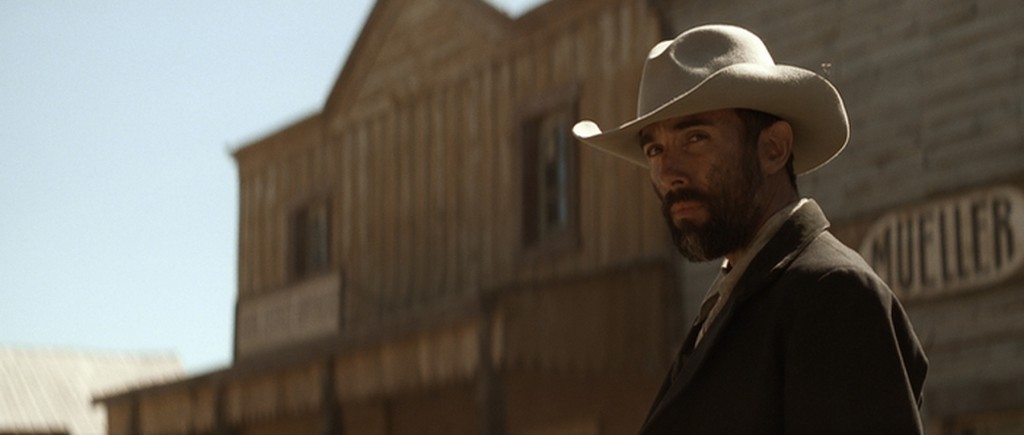A time would come, within a few years, when Ruben Vega would go to the church in Benson, kneel in the confessional, and say to the priest, “Bless me, Father, for I have sinned. It has been thirty-seven years since my last confession. . . . Since then I have fornicated with many women, maybe eight hundred. No, not that many, considering my work. Maybe six hundred only.” And the priest would say, “Do you mean bad women or good women?” And Ruben Vega would say, “They are all good, Father.”
—Elmore Leonard, “The Tonto Woman”

I was—am—a huge Elmore Leonard fan. His ability to create simple tales featuring idiosyncratically complex characters and snappy dialog, in addition to his mantra to “leave out the part that readers tend to skip,” culminated in a true master craftsman, unapologetic for the types of stories he wrote. My personal opinion: His western stories from his early writing days are some of the best things he’s ever done. Period. (Look no further than the excerpt I pasted at the beginning of this post—sublime, isn’t it?)
Specifically, his story “The Tonto Woman,” a stark tale of alienation, loneliness in the burgeoning West—highlighting the differences in each of us that make us unique (whether we want that uniqueness or not)—is one I find myself coming back to year after year.
And recently, I was reminded of what I think most people have forgotten or just never knew in the first place: In 2008, “The Tonto Woman” was adapted into an absolutely fantastic short film that was nominated for an Academy Award. The Tonto Woman starred the late (and great) Francesco Quinn and was directed by Daniel Barber (who went on to helm the criminally underrated Harry Brown), and is, by my accounts, Leonard’s finest adaptation to date, proving that, when done well, adaptations from page to screen can be marvels. (This is not to discount another favorite Leonard adaptation—the incredible TV series Justified—but it has quickly morphed into its own thing, distanced somewhat from the page, whereas The Tonto Woman is as faithful an adaptation as they come.)
You can watch the entire movie over at Vimeo (also embedded below), and running just shy of forty minutes, I highly recommend you do. It’s a aesthetically beautiful film, written and shot as well as any full-length contemporary Western, and it will stick with you for days.
The Tonto Woman from Ralph Makes Moves on Vimeo.
